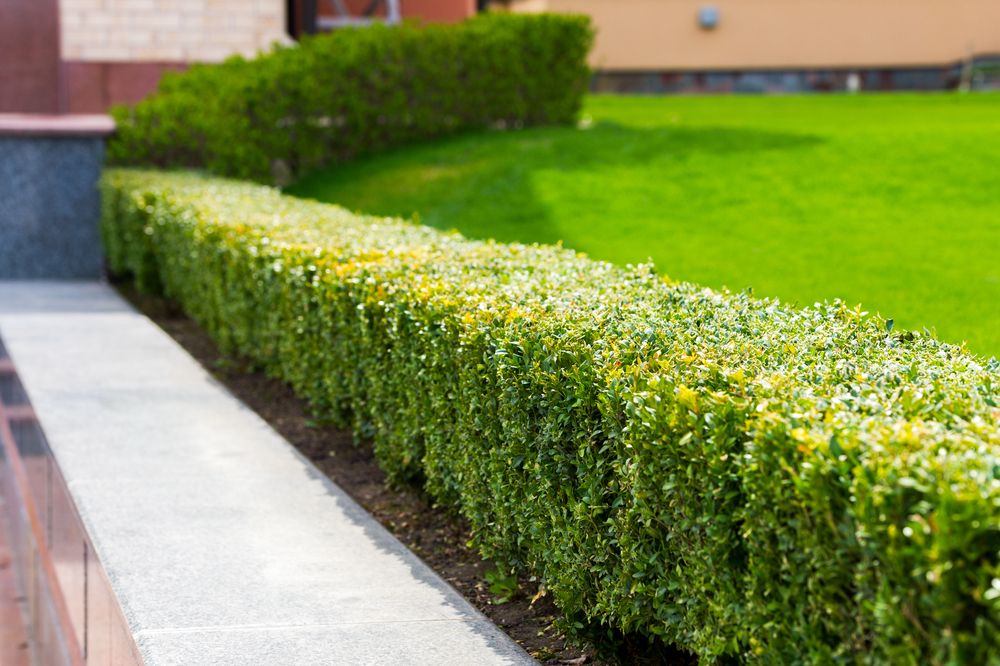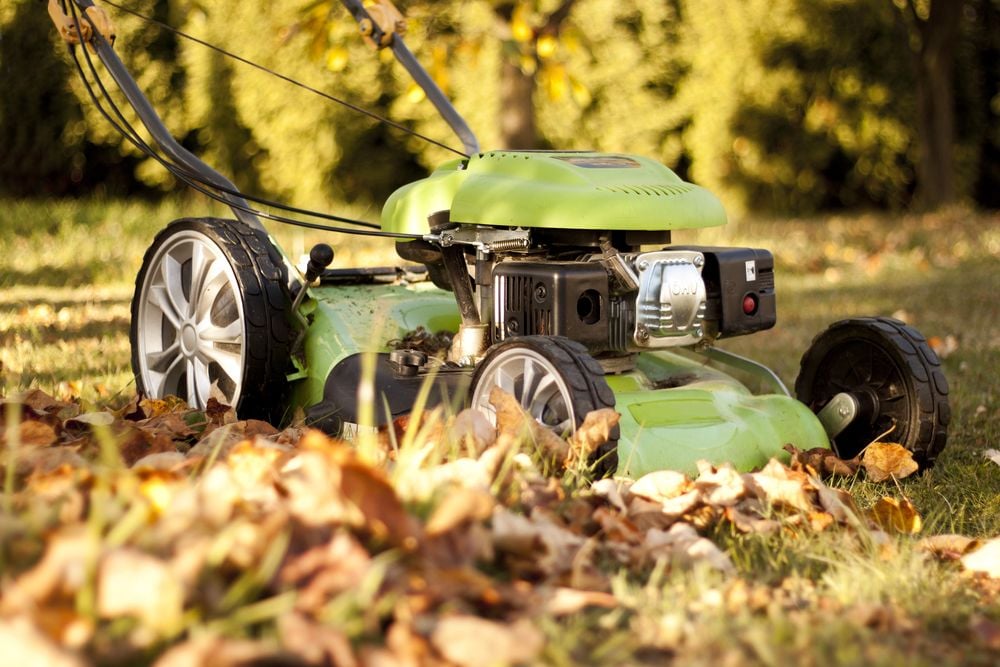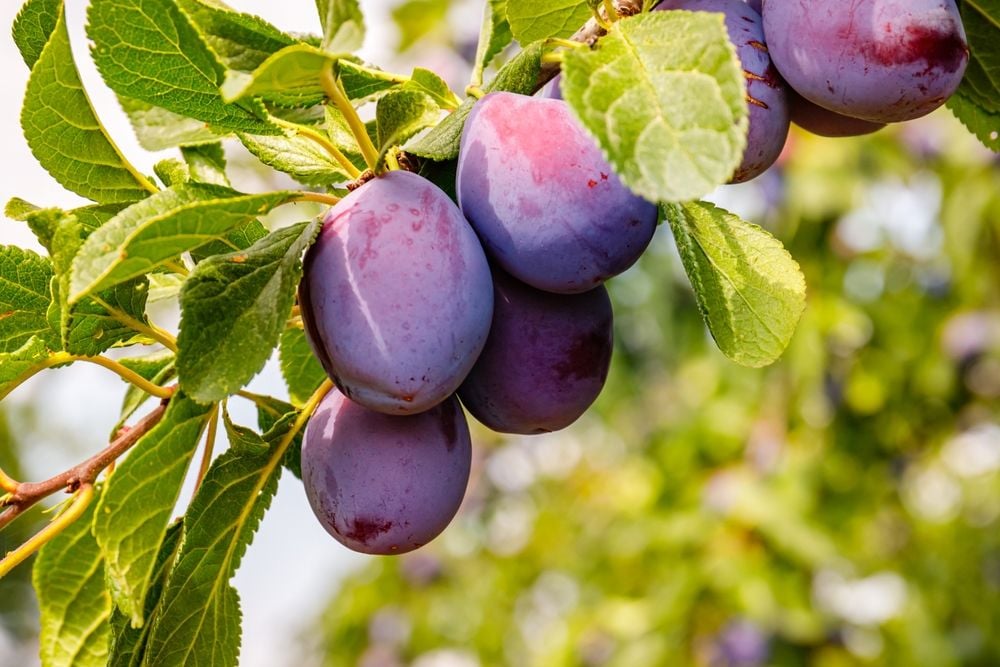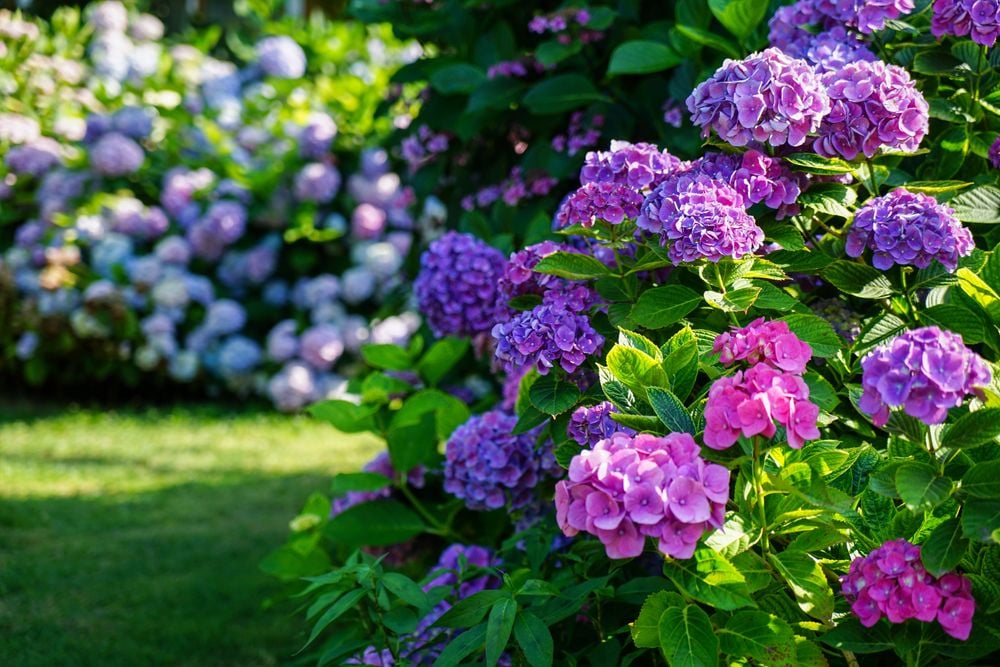
Essential Tips on Trimming Hedges: When and How to Do it
- Jun 4, 2025
The lush cover of hedges, formed by dense shrubs or little trees, make for an attractive natural border around an area. It adds an extra layer of privacy, height, and texture to the landscape. To retain their shape and purpose, hedges need to be well cared for as they can easily become unruly. Trimming is crucial to keep your hedges looking prim and proper but indiscriminate pruning can prove to be detrimental. ISA Certified Arborist Eva Monheim and landscape designer Teri Speight share invaluable tips on the right and wrong times to prune your hedges and ensure their long term health.
Monheim explains that the timing of trimming hedges depends largely on the type of trees or shrubs you have. "Each hedge requires a different treatment depending on the plant's genus and species," she says. "There’s not one rule that fits all especially when dealing with large-leaved hedges." it's crucial to know the specific plants in your hedge and when is the best time to prune them.
Particularly in the case of evergreen plants that are common in many hedges, Monheim suggests, these can be cut back either before or after new growth appears. Pruning late in winter can give the hedges a gentle look when fresh growth matures or you can wait until June for a sharp, stern look once the new growth is fully mature.
Monheim warns against pruning when plants are actively developing new growth as it requires significant energy. Doing so can harm deciduous plants which are photosynthesizing for the first time after a long winter. It's best to wait until new growth has matured before pruning. This is when the plant is most stable and won't wilt after pruning.
According to Speight, many people mistakenly prune their hedges too late in the season. This can harm the following season's blooms or cause new growth at undesired times. Late-season pruning can risk frost or freeze damage if it encourages new growth that cannot mature before cooler temperatures arrive. Similarly, too early in the season can spur a growth burst that exposes the plant to potential frost damage.

To make your hedge-trimming task easier and more effective, consider the following tips from our experts.
Research about the right tools to use based on the type of cuts required. Larger-leaved shrubs might require hand-pruners rather than shears. Monheim says, "This pruning is for experienced individuals who will prune each stem back to the nodes to make healing faster and cuts less visible.” Some examples of such shrubs can be leatherleaf viburnum, panicle hydrangeas, and smooth hydrangeas.
Conifer plants might need bud-pruning instead of shearing with hedge shears. Monheim cites the example of spruce hedges that can also be hand pruned back to a node using pruning shears.
According to Speight, hedges should be pruned to have a wider base than the top to avoid poor shaping. This allows light to penetrate within the hedges, promoting fresh internal growth and preventing spindly, erratic growth. She recommends keeping a journal for records of what, when, and how to prune.
Both Monheim and Speight agree on the importance of sharp and clean tools for trimming. Unclean or blunt tools can tear the leaves and result in browning of the shrubs after pruning. They recommend cleaning and sterilizing tools both before and after pruning to prevent disease transmission amongst plants.






